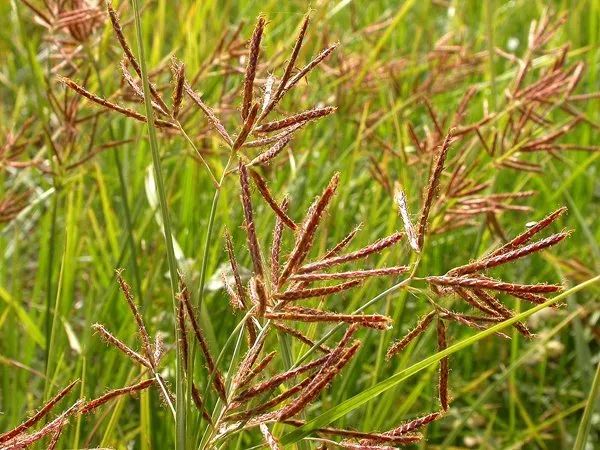
Table of Contents
Musta Plant
Musta plant has been used in Indian system of medicine for many centuries. Throughout the Vedic period, it was used for numerous medicinal purposes, and its benefits are documented in Ayurvedic texts. Read on to learn more about this medicinal plant and its uses in Ayurveda.
Introduction: What is a Musta Plant ?
If you are unfamiliar with the Musta plant, read on. This plant is a perennial glabrous herb that grows across the plains of India. The Charaka Samhita mentions it among other medicinal plants, including Abda, Ambhoda, and Bhadrakshi. It is often referred to as “nut grass.”
There are several differences between Ativisha and Musta. Although they have similar bioactive compounds, they are not the same. The comparative analysis is necessary to understand the concept of “abhava-pratinidhi dravya.”
Uses of the Musta Plant
Musta is widely used in Ayurveda. Its pungent, bitter, astringent taste is a characteristic of the plant. It also has ruksha properties, which means it is useful in balancing the kapha-vata dosha. Musta also helps to reduce the effects of the kapha-vata dosha, improve digestive fire, and manage many kapha-pitta diseases. Its properties include antipyretic and anti-itching effects.
The Musta Plant is native to India, where it was widely cultivated in ancient times. The Mustaka plant grows on high levels and has extensive underground networks. The tubers are ovate and blackish brown. They contain a distinctive fragrance and are red on the inside. The plant’s stem, which is about 25 cm tall, has leaves that emerge linearly and have no auricles or ligules.
Musta Benefits in Ayurveda
Musta is an excellent remedy for women during menstruation. It balances Pitta and Vata in the lower abdomen, promotes breast comfort, and strengthens the digestive system. In Ayurveda, musta also supports proper liver function and is known to ease the digestive process. It also has cooling and cleansing properties, making it an effective remedy for skin issues, menstrual cramps, and indigestion.
The Musta plant is a good remedy for skin disorders, and can regulate body temperature. Ayurvedic physicians recommend taking musta to reduce fever. Musta is also useful as a rasayan, especially during the teething phase, and for general tonic and antidote. A combination of Musta, karkatshringi, and ativisha is useful for respiratory problems arising from gastrointestinal pathology.
Ayurvedic Medicinal preparation with Musta
Musta strengthens the digestive system and removes natural toxins. It supports the proper functioning of the liver, healthy absorption, and well-formed stools. It supports healthy metabolism of fats and has cooling and cleansing properties.
Ayurvedic medicine often recommends the use of roots for medicinal purposes. This root contains numerous essential oils and a distinctive smell. It is a popular medicine for skin and voice issues, blood sugar problems, and urinary tract and gynecological disorders. It can be used fresh or dried, or formulated into a decoction. It has a long history of use.
Musta as a natural remedy
The musta plant is a good Ayurvedic herb for the treatment of many diseases, including diarrhea, IBS, and dysentery. It boosts Agni, which aids digestion. It also helps the body eliminate natural toxins. Musta supports proper liver function, promotes good digestion, and relieves pain and fever associated with diarrhea. Its cooling and cleansing action also promotes normal body temperature.
Musta is taken orally in the form of a fine powder or paste. The seeds are taken early in the morning on an empty stomach, and the rhizomes are rubbed into the gums. A paste made from the tubers of the musta plant can be given to children with indigestion due to breast milk. It is also given to nursing mothers.
